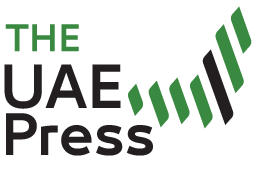Trends Research and Advisory has just released a study that warns of the possible risks of exploiting artificial intelligence (AI) in information warfare by “polluting” the input data it learns and works with.
The study “AI Pollution: The Future Threats of Information Warfare” showed that AI pollution is the deliberate dissemination of misleading information into AI systems to manipulate their output.
This pollution could have dire consequences for governments, businesses, and individuals who are increasingly relying on AI technology.
The study recommended developing a comprehensive regulatory approach to address the risks of AI pollution, including the “conduit” approach proposed by the researchers to guide AI development and facilitate its harmonious integration and evolution against external threats while maintaining balance with complex socio-technological landscapes.
The analysis stressed that current regulations, such as the proposed EU Artificial Intelligence Act, despite its positive aspects, are still insufficient to counter all the threats of AI pollution, especially in guarding against sophisticated adversarial AI tactics.
The study called for the need to be prepared to face the emerging threats of AI pollution as the field continues to develop and penetrate all aspects of life.

